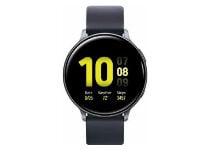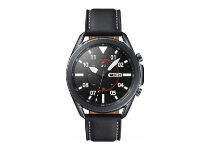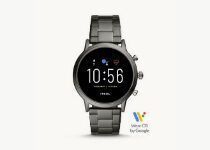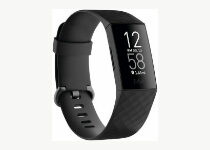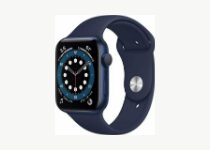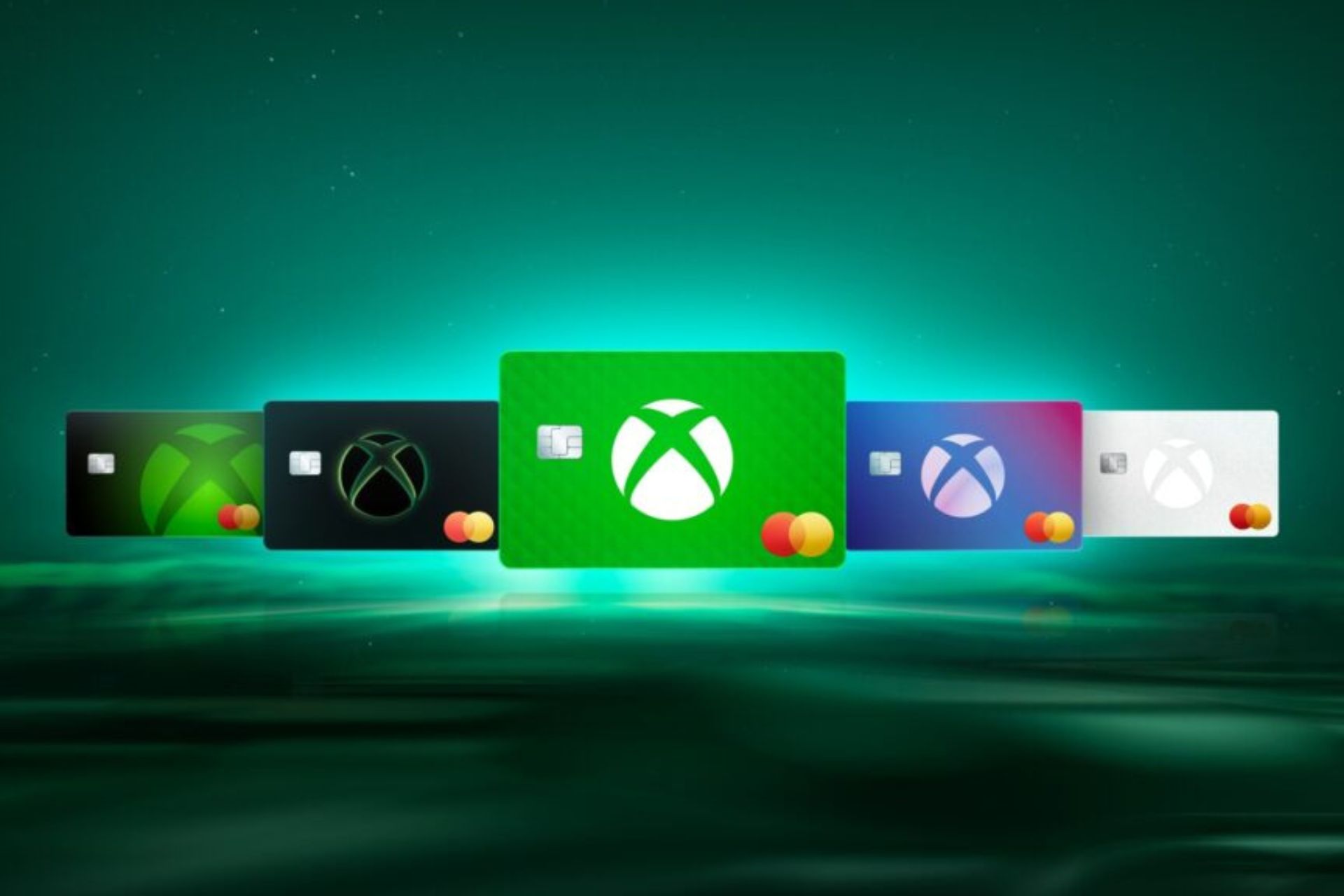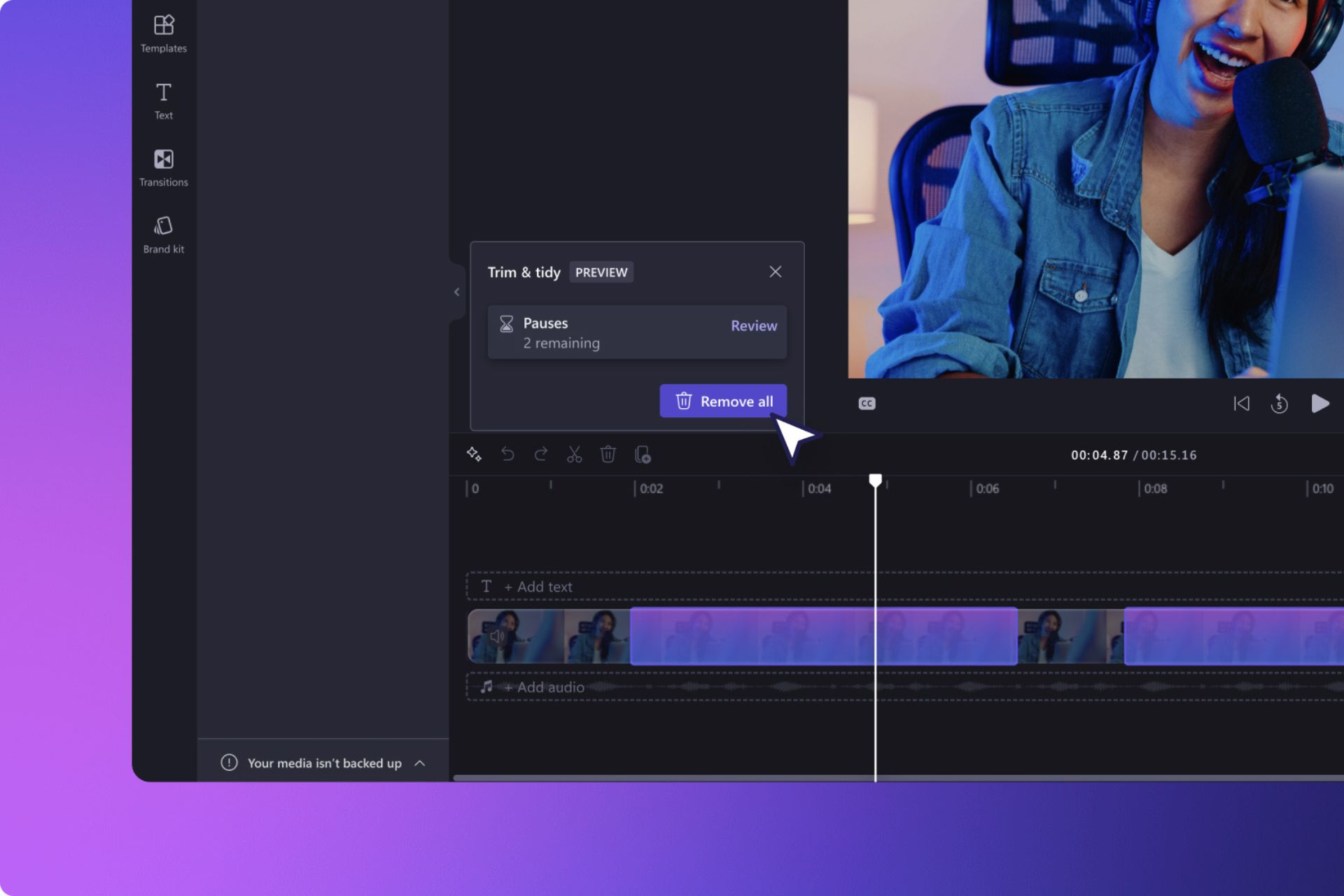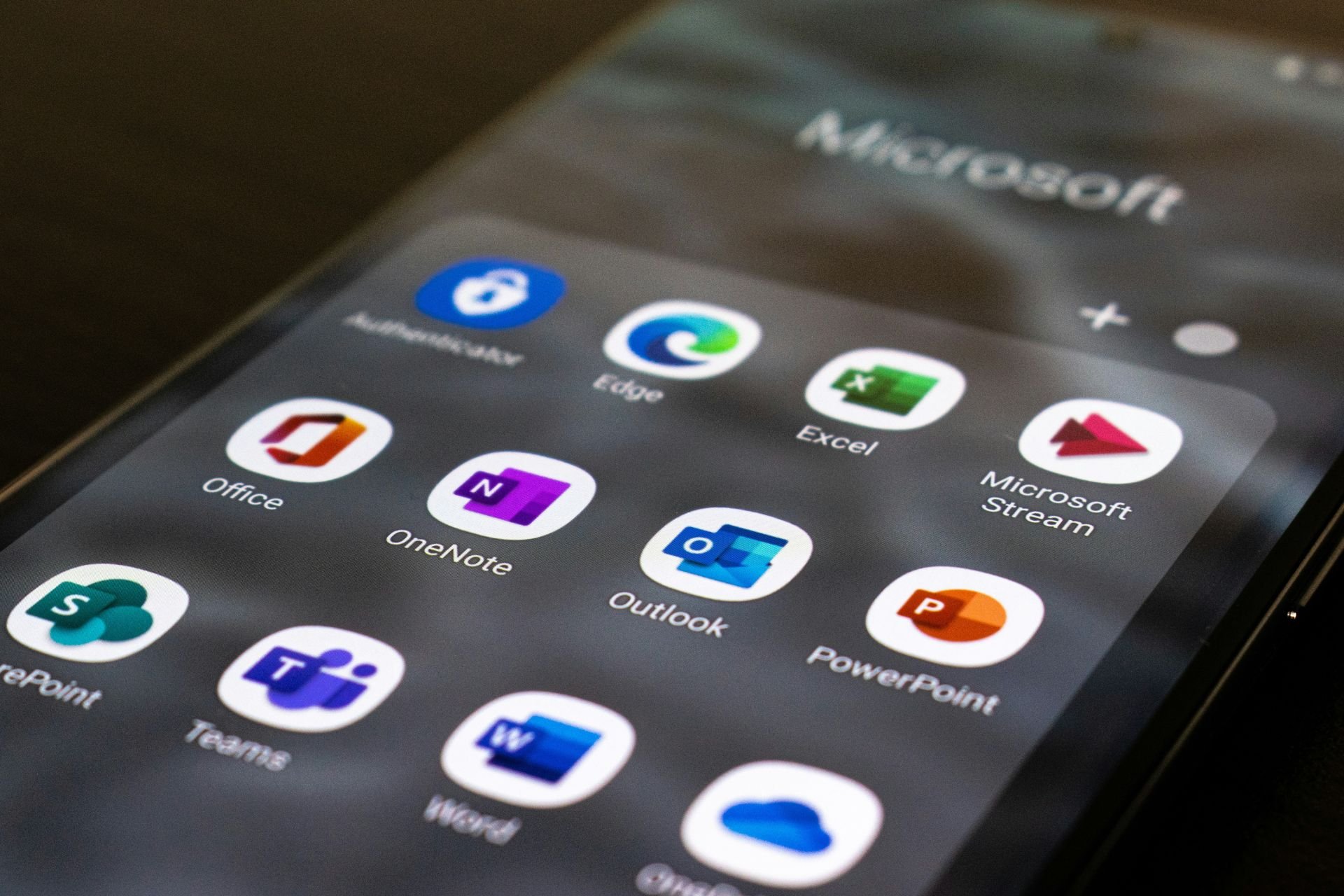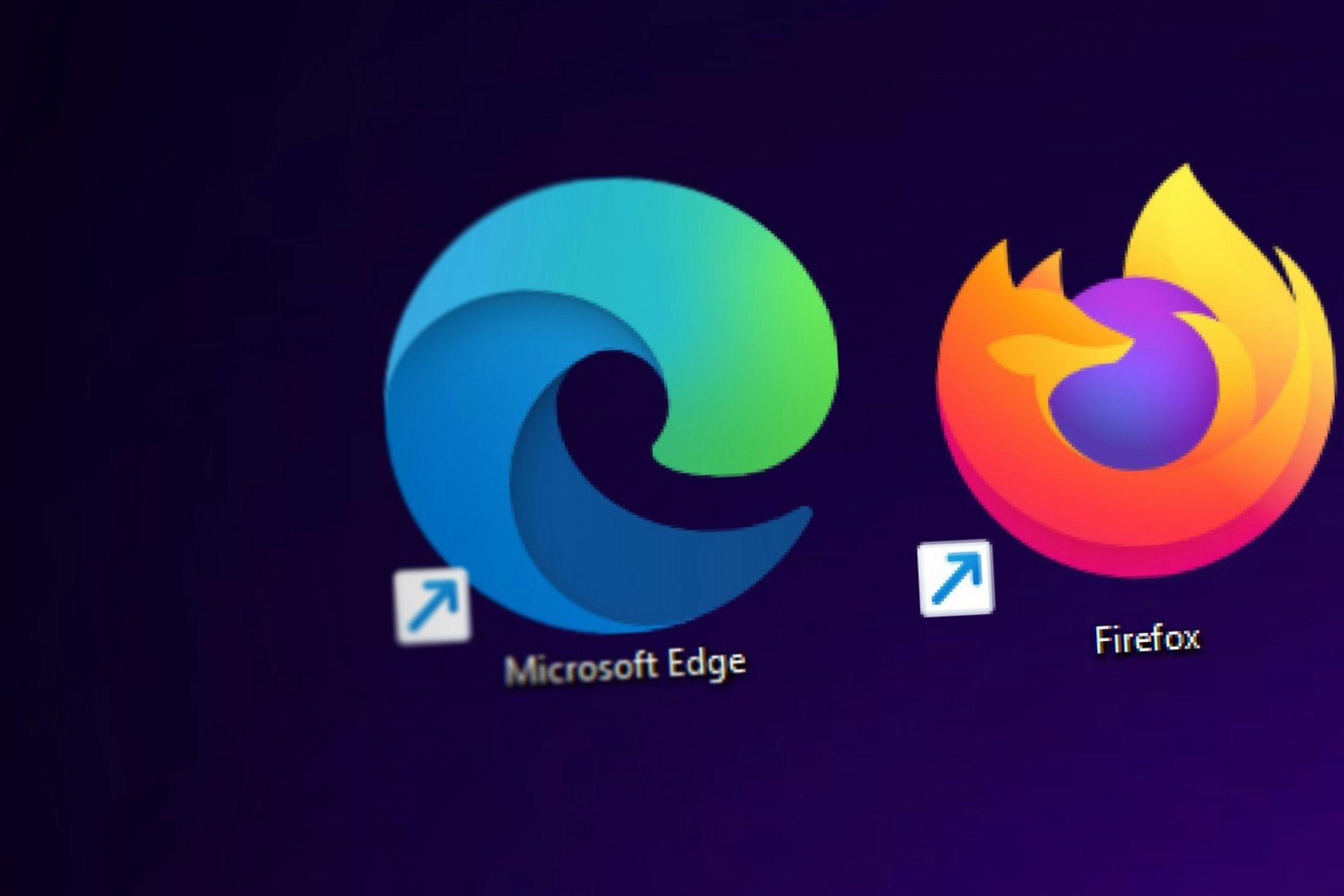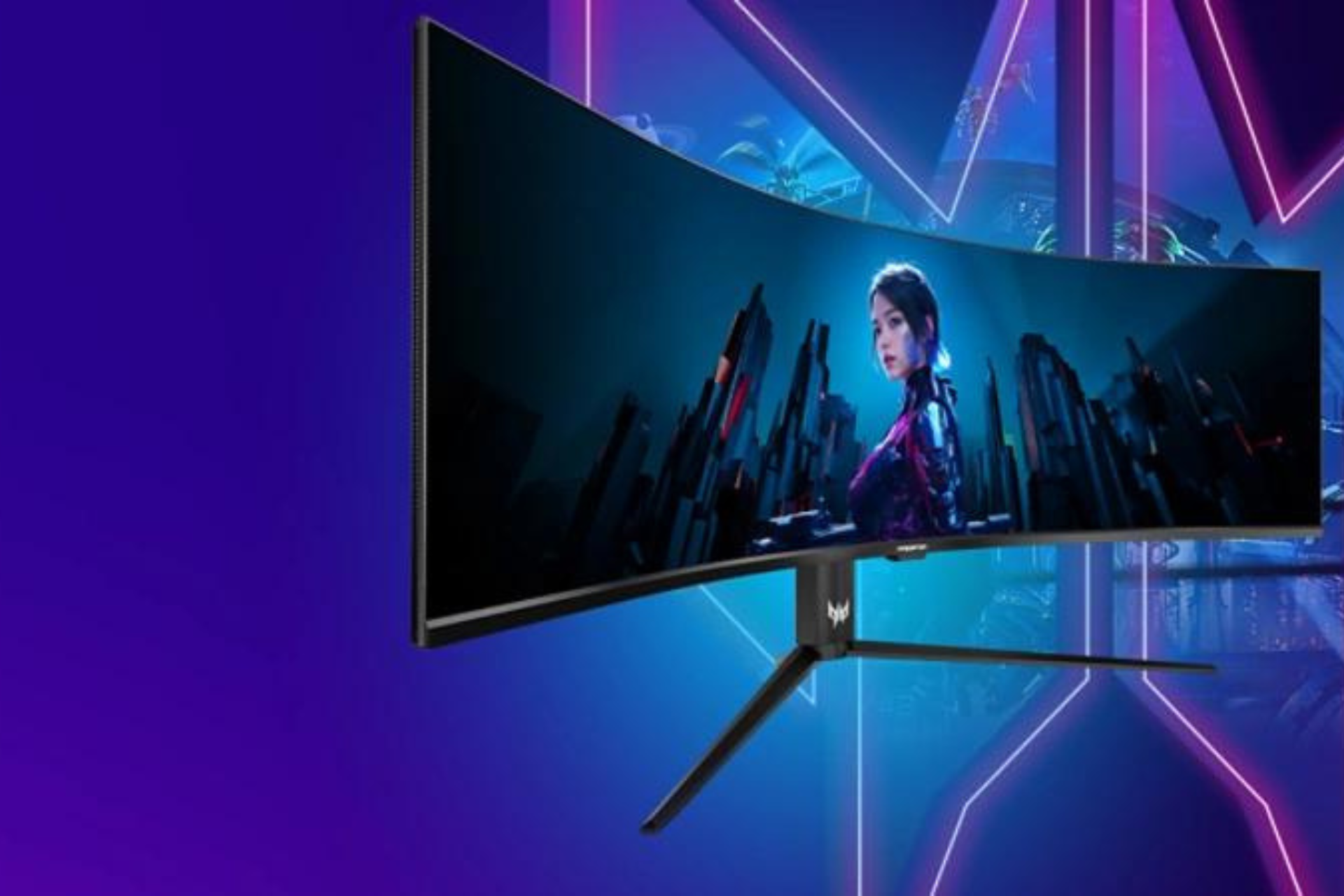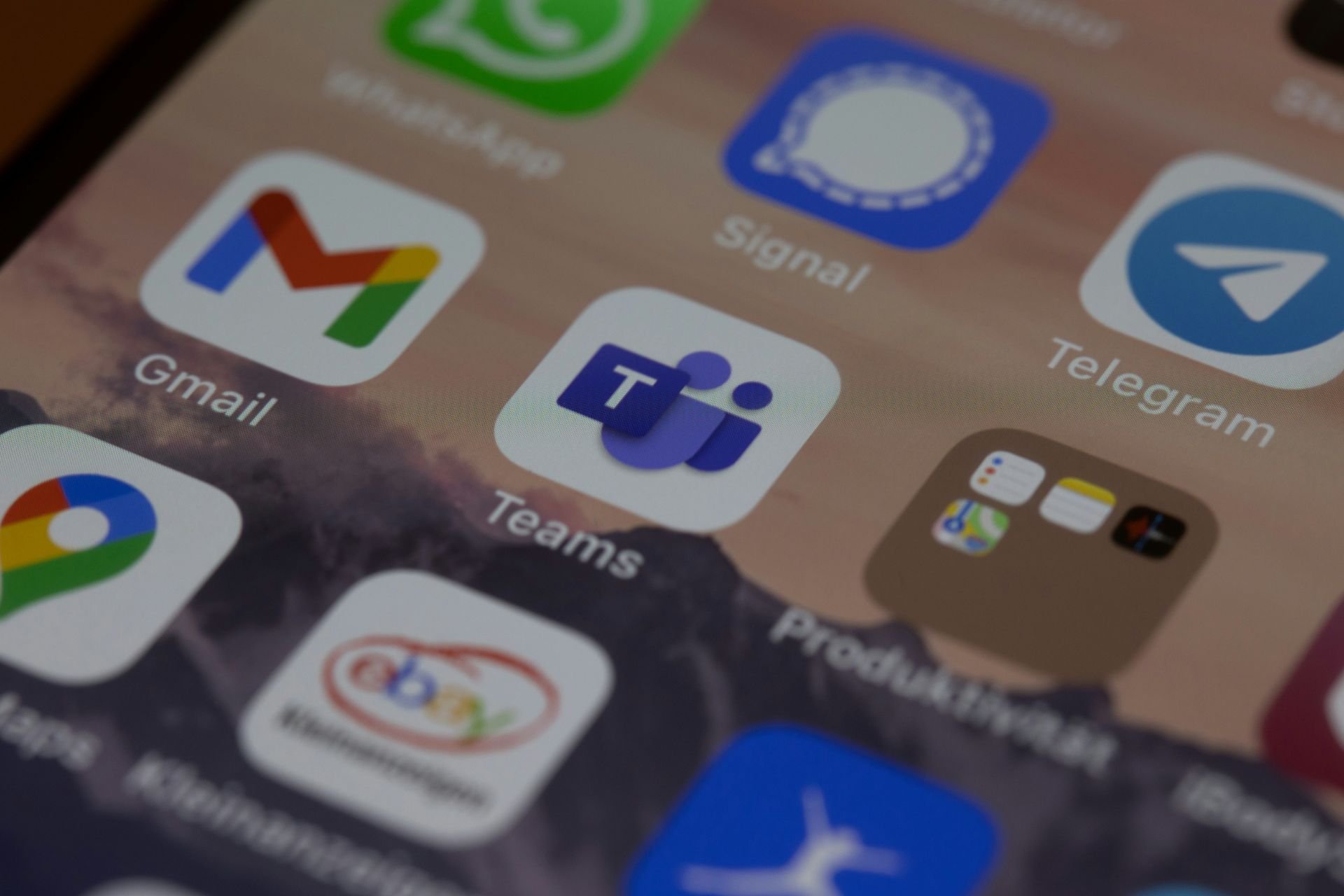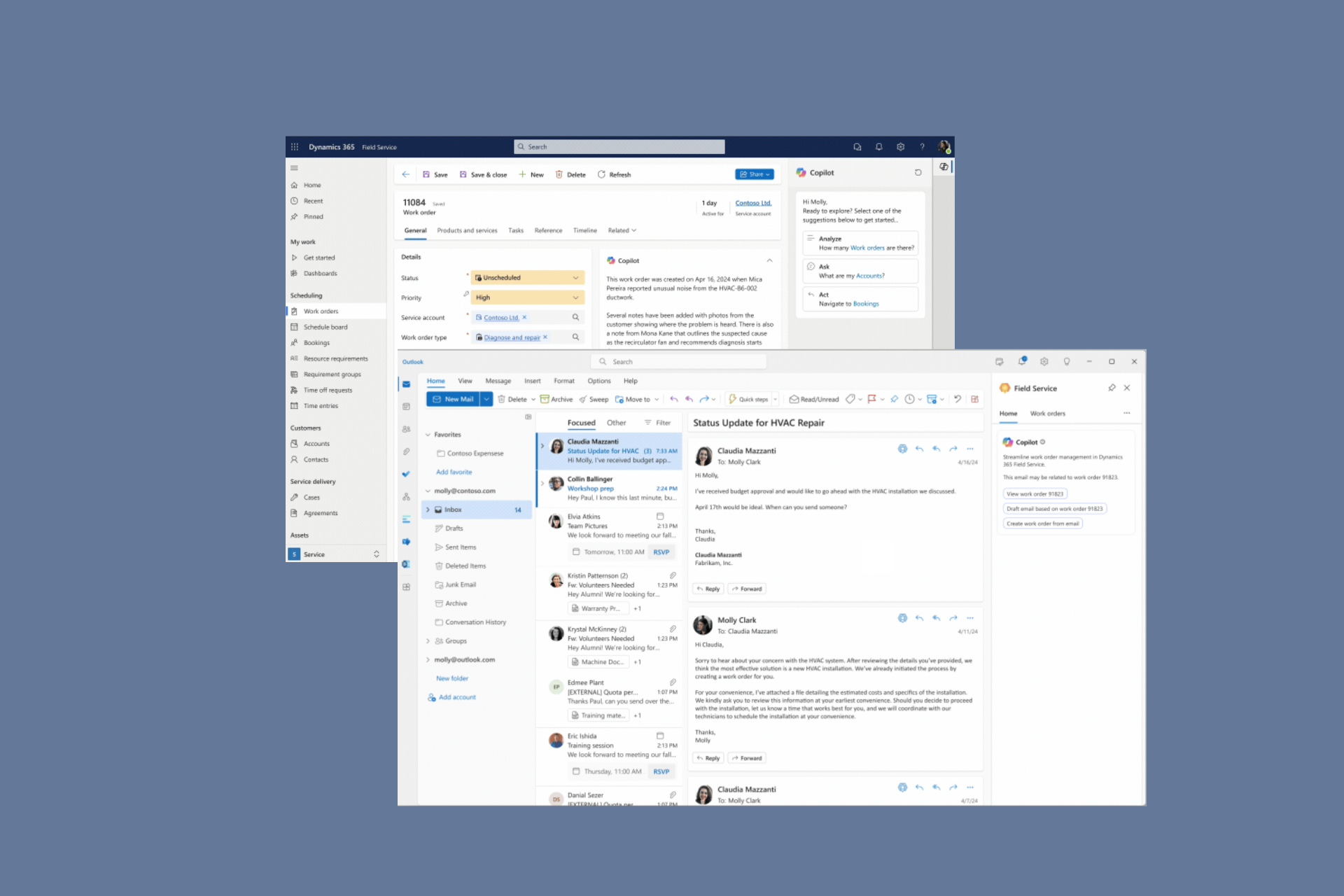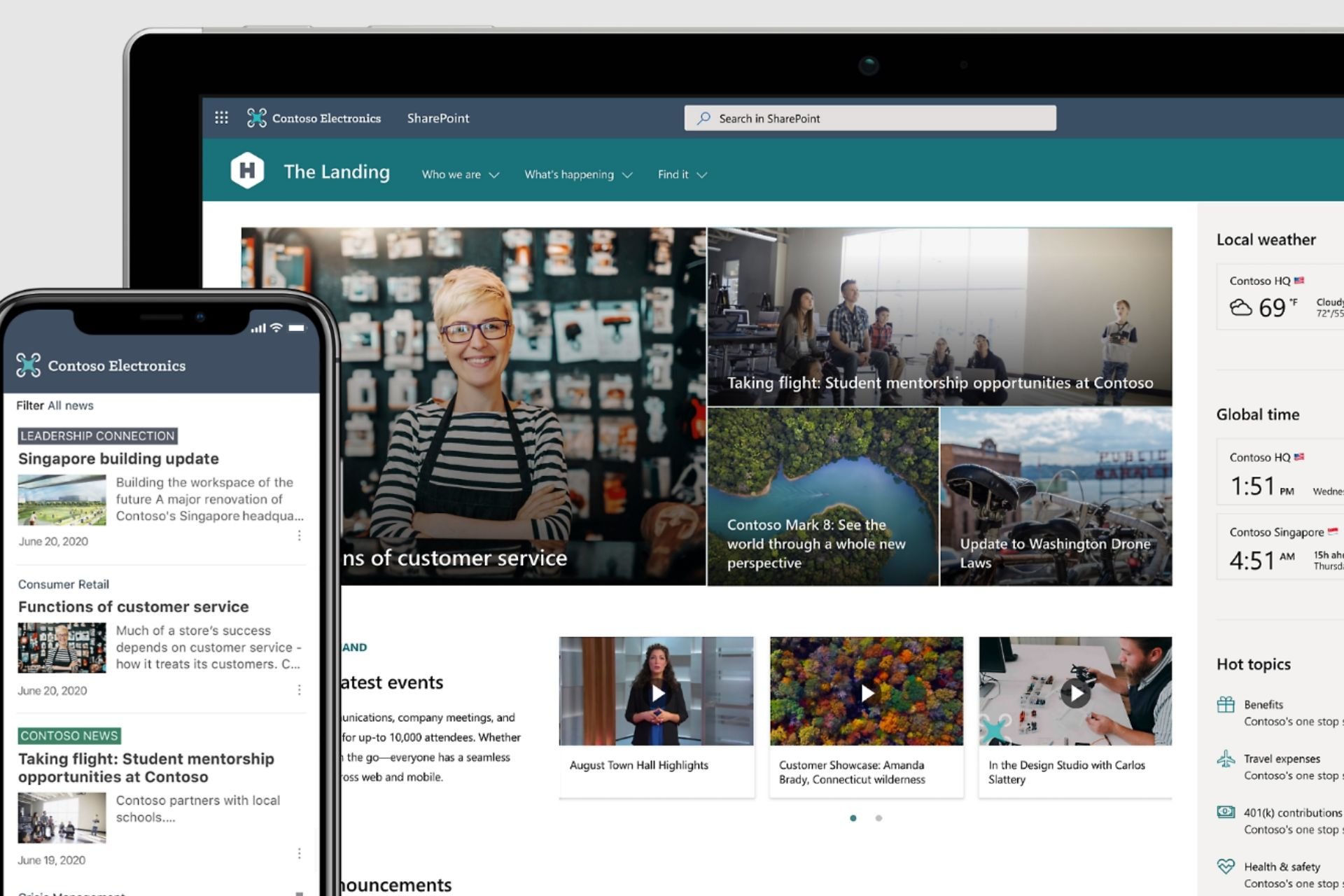Best smartwatch with Always-on display
4 min. read
Updated on
Read our disclosure page to find out how can you help Windows Report sustain the editorial team Read more
Key notes
- Smartwatches are versatile gadgets that help us in our day-by-day life, monitoring our health and activities.
- There are lots of great smartwatches that have always-on displays, as well as many other useful features.
- Do you wish to find more about other gadgets? You'll find all the information you need if you visit our detailed Gadgets Hub.
- Find more awesome product lists by checking our thorough Buying Guides Section.
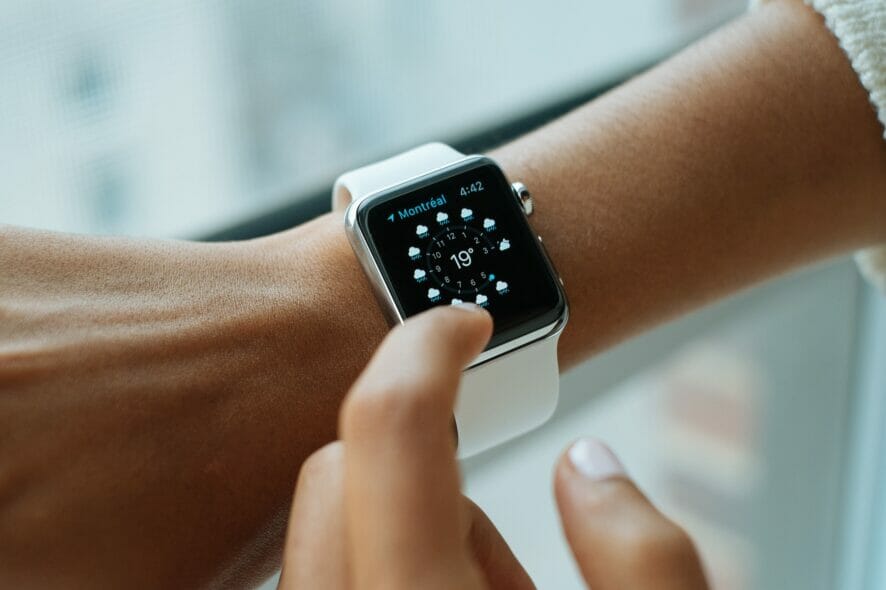
Smartwatches have developed so much in the last years, they became miniature powerhouses capable of tracking your movement, answering calls, playing music, and many more useful things.
Not only is a smartwatch almost as practical as your phone, but it is also highly customizable. You can either opt for a fancy looking one, a minimalist design, or a long-lasting battery if you don’t like charging your watch that often.
What are the best smartwatches with an always-on display?
Samsung Galaxy Watch Active 2
- Comes in aluminum or stainless steel
- Variety of faces, bands, and finishes
- ECG and fall detection
- Sleep tracking
- The battery can last up to 5 days
- Water-resistant up to 5 ATM
- Bixby needs improvement
The Samsung Galaxy Watch Active 2 is one of the best watches on the market, rocking a minimalist and cool design. It goes beyond tracking steps and calories to offer actionable insights on every movement and running style to heart rate.
The watch automatically detects your most popular activities and tracks them. In addition, the Tyzen OS allows access to a series of useful apps and customization.
Samsung Galaxy Watch 3
- ECG, blood pressure, and trip sensor
- Sleep tracking
- Over 8GB of storage
- Excellent fitness tracker
- Over 2 days of battery life
- Water-resistant up to 5 ATM
- The product is expensive
The Galaxy Watch 3 is another watch using the Tyzen OS that has a professional look, coming with a leather strap. This product is the 3rd and the latest version of the Samsung Watch, keeping the iconic rotating bezel design.
It is the best smartwatch on the market, having a vast library of watch faces and a much slimmer design than its predecessors. In addition, it comes with a plethora of features and compatibility with most smartphones.
Fossil Gen 5
- Wear OS is compatible with iPhone and Android Phones
- Good battery life
- Heart Rate and Activity Tracking using Google Fit
- Thousands of watch faces personalizing your look
- First con
- Second con
The Fossil Gen 5 manages to banish the issues of poor performance and battery life of Wear OS to the past, thanks to the 1GB of RAM and newer Snapdragon Wear 3100 processor.
The watch has custom power modes that allow you to change how much your battery lasts depends on the situation. In addition, the Wear OS has all the useful Google apps, such as Google Maps or Google Pay.
Fitbit Charge 4
- Battery life lasts up to seven days, or up to five hours using GPS
- 90-day free trial of the Fitbit Premium
- Heart rate sensor
- Sleep tracking
- Lack of color display
The Fitbit Charge 4 is a fitness-oriented smartwatch that will help you during your exercise. It has integrated GPS for course tracking, Spotify support, more sleep tools, and a motivating new metric called Active Zone Minutes.
The watch has a really slim design and it fits comfortably on your wrist. It also comes with different watch faces and apps for customization.
Apple Watch Series 6
- 5GHz Wi-Fi and U1 Ultra Wideband chip
- Blood oxygen sensor
- ECG sensor and app
- Bright always-on screen
- Water-resistant up to 50m
- Only works with an iPhone
If you are an iPhone user, you should consider the Apple Watch Series 6, which has full integration with IOS. The watch features a great number of apps, both from apple and 3rd party.
The watch is comfortable to wear and it has a minimalist design, with a large range of strap options and new styles including the Solo Loop and Solo Braided Loop.
These smartwatches are the top of the line, most feature-rich, and high-quality products. They are all great choices if you want a watch that has an always-on display.
[wl_navigator]

